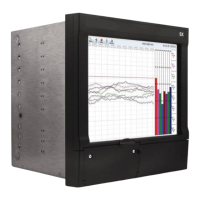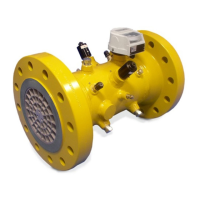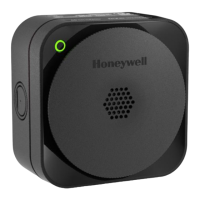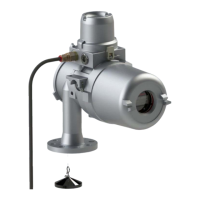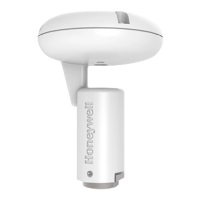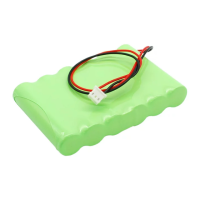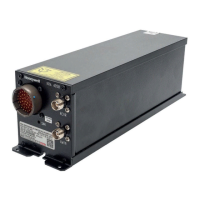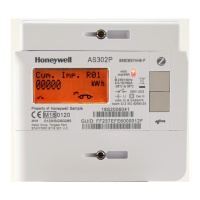Honeywell Sensing and Control 25
SC 2000, SC2001, SC3004
Rev. G, 008-0608-00
9.3.4 LIMIT.RETURN PNT Menu Item
This is the numeric value at which the limit deactivates. In gen-
eral, this number should differ from the set point values by at
least 1% of full scale.
Carefully consider what value should be entered for the RETURN
POINT. If the signal is expected to approach the SET POINT from
a lower value, the RETURN POINT value should be less (algebra-
ically) than the SET POINT. If the signal is expected to approach
the SET POINT from a higher level, the RETURN POINT should be
higher (algebraically) than the SET POINT.
9.3.5 LIMIT.ENERGIZE Menu Item
This specifies when to activate the limit relative to the set point
and return point.
The options for this menu item are:
• “SIGNAL > SETPOINT” means the limit will activate when the
signal is higher than the set point.
• “SIGNAL < SETPOINT” means the limit will activate when the
signal is lower than the set point.
• “SIGNAL INSIDE” means the limit will activate when the signal
is in between the set point and the return point.
• “SIGNAL OUTSIDE” means the limit will activate when the signal
is not in between the set point and the return point.
The figures below further illustrate the differences between these
settings.
Figure 9-1: Limit Operation when LIMIT.ENERGIZE = SIGNAL >
SETPOINT
Figure 9-2: Limit Operation when LIMIT.ENERGIZE = SIGNAL <
SETPOINT
Figure 9-3: Limit Operation when LIMIT.ENERGIZE = SIGNAL
INSIDE
Figure 9-4: Limit Operation when LIMIT.ENERGIZE = SIGNAL
OUTSIDE
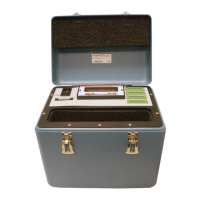
